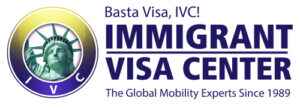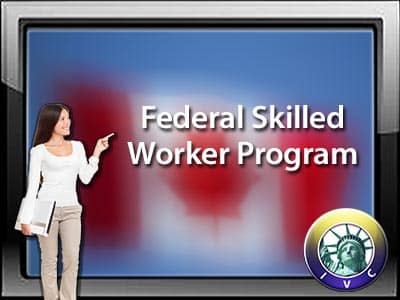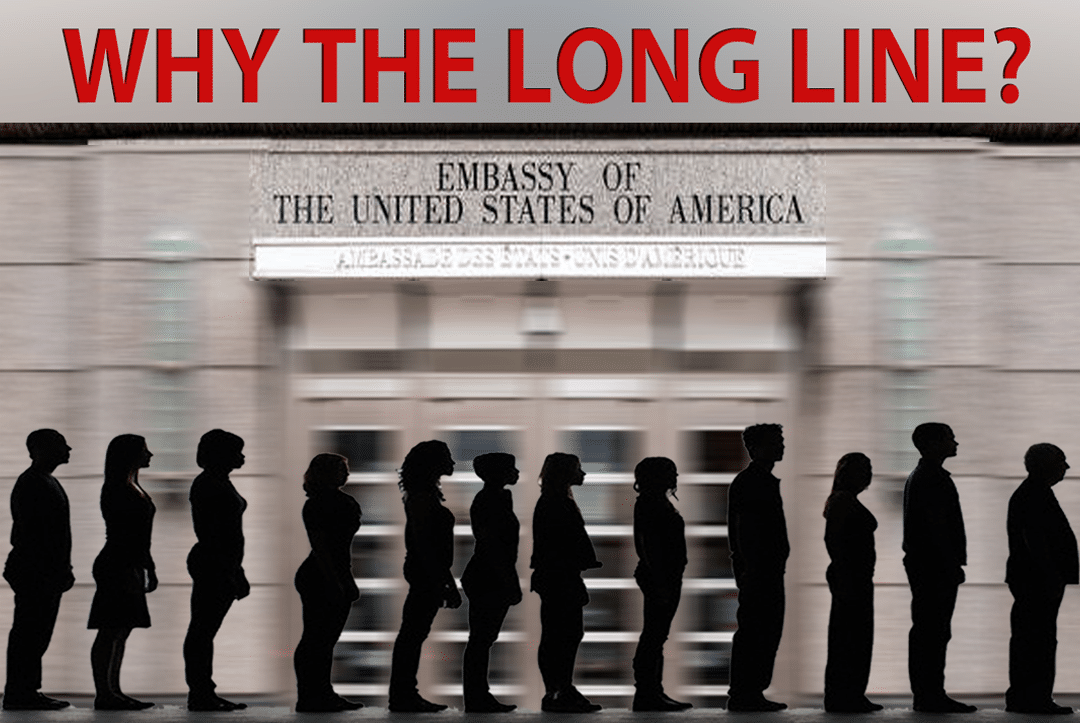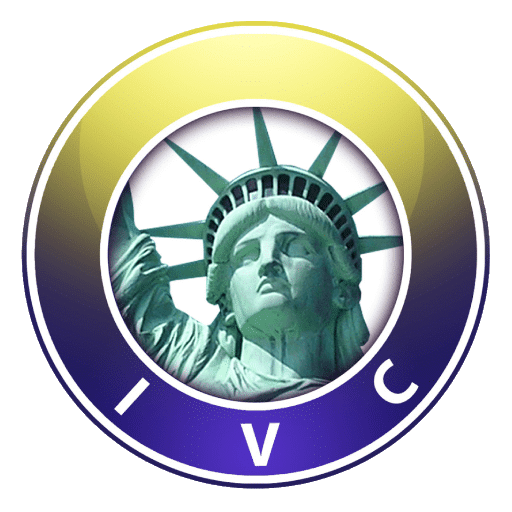
The five popular “Desti-Nations” are poised to welcome workers and skilled migrants as permanent residents – barring a surge in COVID-19 variants from India and Brazil.
United States
While there had been a call for caution after the US Centers for Disease Control and Protection (CDC) announced a return to normalcy, most social activities have resumed. Most “fully vaccinated” Americans may now dine, play and work without having to wear masks.
With businesses and the economy reopening, the US government expects that jobs will come back to life as workers return, spurred in part by the prospect of no new stimulus checks coming.
The USCIS announced on March 31, 2021, that they had received enough H-1B electronic registrations to reach the annual cap for the Fiscal Year 2022, including the advanced degree exemption or master’s cap.
If you intend to pursue an H-1B work visa for the Fiscal Year 2023, be sure to remind your employer to file your petition on April 1, 2022. Good luck! Remember, your employment date must start October 1, 2022.
Australia
Even the continent down under plans to unseal its borders and resume a skilled migration program through various regional-oriented work visas.
Visa Subclass 491 is a five-year Skilled Work Regional Provisional Visa for individuals nominated b a state or territory government to live and work in a designated region of Australia. Though the visa is provisional, visa holders may sponsor eligible family members to join them in Australia.
The nominating states and territories are New South Wales, Northern Territory, Queensland, South Australia, Tasmania, Victoria, and Western Australia. Candidates for Visa Subclass 491 must have their occupations listed in a state or territory list. Other requirements include:
- A suitable skills assessment for the occupation;
- Evidence of English language proficiency.
The Skilled Employer-Sponsored Regional visa allows regional employers to sponsor skilled workers for jobs difficult to fill by an Australian worker.
After more than a year of COVID-19 prompted border restrictions, Alex Hawke, the current Immigration Minister, announced in March interview that the government is preparing to open international borders soon. This move will allow temporary migrants, tourists, and international students, back into the country soon.
New Zealand
From November 1, 2021, the New Zealand Government shall use the new 3-step Accredited Employer Work Visa (AEWV) employer-led system to recruit temporary foreign workers. AEWV replaces six existing temporary work visa categories.
How would you know if the job offered to you is genuine? You may ask your agency or employer if he has complied with INZ’s mandatory accreditation requirements. The accreditation levels are:
- Standard accreditation for employers who want to have up to five migrant workers on AEWVs at any one time and;
- High-volume accreditation for employers who wish to have six or more migrant workers on AEWVs at any one time.
Second, the salary offered must be at the current market rate. Employers applying for AEWV’s must comply with NZ employment laws and pass a labor market test. This last step is to ensure there are no NZ Citizens available to fill the employer’s position.
Want to make sure you qualify for employment under the AEWV? Be sure you meet the skills and required experience that your employer stated in his AEWV application and pass INZ’s standards for proof of identity, character, and health.
If you can’t find employment while living in the Philippines, remember this: while skilled workers in or outside NZ can both apply through the EOI route, those in NZ admittedly have an edge. Employers, after all, find it more convenient to offer a job to someone already living in NZ than an overseas applicant who has not shown their skill in an actual work environment.
Canada
Finding an approved Canada job offer on the POEA website is the first step to working in Canada. The employer or its agency must obtain a work permit from the Canadian Embassy before you can leave the Philippines with a POEA clearance.
After a year of legal employment, you may apply for residency through the Canadian Experience Class or CEC and get an additional 50 migration points. CEC is one of the three federal programs from which Express Entry selects candidates for permanent residence. The other two are the Federal Skilled Worker Program or FSW and the Federal Skilled Trade or FST Program. In addition, some Provincial Nominee Programs or PNP also use the Express Entry or EE system.
Like New Zealand and Australia, residency applicants already living in Canada have a distinct advantage over off-shore applicants, especially if an applicant has finished studies in Canada or has acquired at least one year of work experience.
Over nine months, from March 18, 2020, to May 13, 2021, 70,923 Express Entry candidates were selected through the CEC. IRCC asked another 26,147 candidates with at least one year of Canadian work experience to apply for permanent residence in the following two months.
On July 23, 2020, alone, Canada extended more residency invitations to candidates in the Express Entry pool – 3,343 more than Australia did for the whole program year (July 2020 to June 2021) for candidates in Australia’s SkillSelect pool.
United Kingdom
Of the 5 Desti-Nations, only the UK does not offer a direct pathway to residency to overseas worker applicants. Australia, Canada, and New Zealand have immigration selection systems: Australia with SkillSelect, Canada has Express Entry, and New Zealand offers the Expression of Interest Route for its General Skilled Migration Program.
However, residency for the skilled worker in the UK generally comes within arm’s length only after five years of legal employment and living in the country. In addition, an applicant for residency or settlement must meet the following criteria:
- He must have spent less than 180 days outside the UK in any 12 months;
- His employer must issue a continuing job offer and;
- The applicant’s salary meets the minimum requirements.
If you are looking to work in the UK for long-term or short-term work visas, check if your potential employer is listed in the Tier 2 Registry. To know if the company is in the registry, follow this link https://www.gov.uk/government/publications/register-of-licensed-sponsors-workers.
Work Visas Documentation with the POEA
With the specific work permit, the worker then applies for a work visa with the specific consular/embassy, usually through a designated visa application center.
Before departure with the work visa, the worker must obtain the Travel Exit Clearance issued by POEA to OFWs to exit from the Philippines for employment purposes, regardless of their visa status. The travel clearance comes in the following forms:
- Overseas Employment Certificate (OEC) – issued during manual processing;
- E-receipt – issued for computerized processing;
- Multiple Travel Exit Clearance (MTEC). The MTEC is a single issuance of travel exit clearance valid for at least three exits within the validity period of the existing contract with the same employer. Your contract should not be less than 12 months from the date you apply for travel clearance.
Use this time to determine if you intend to work only or will pursue a permanent residency pathway. If the latter is the option, Canada and Australia are the two best bets, with the UK and New Zealand next. For workers intending to apply for permanent residency in the US, an alternative route is available under the EB3 immigrant category. There is a 140,000-visa allocation for EB3 worldwide, and currently, there is no waiting period for EB3 for Philippine applicants. With an approved I-140 employer petition, you may apply for your immigrant visa at the US Embassy.
Meanwhile, stay safe, keep your masked distance, review, renew your academic or work credentials, and improve your English language proficiency to prepare for your future immigrant visa application.
As the Beatles sang, you can “Work it out.”







